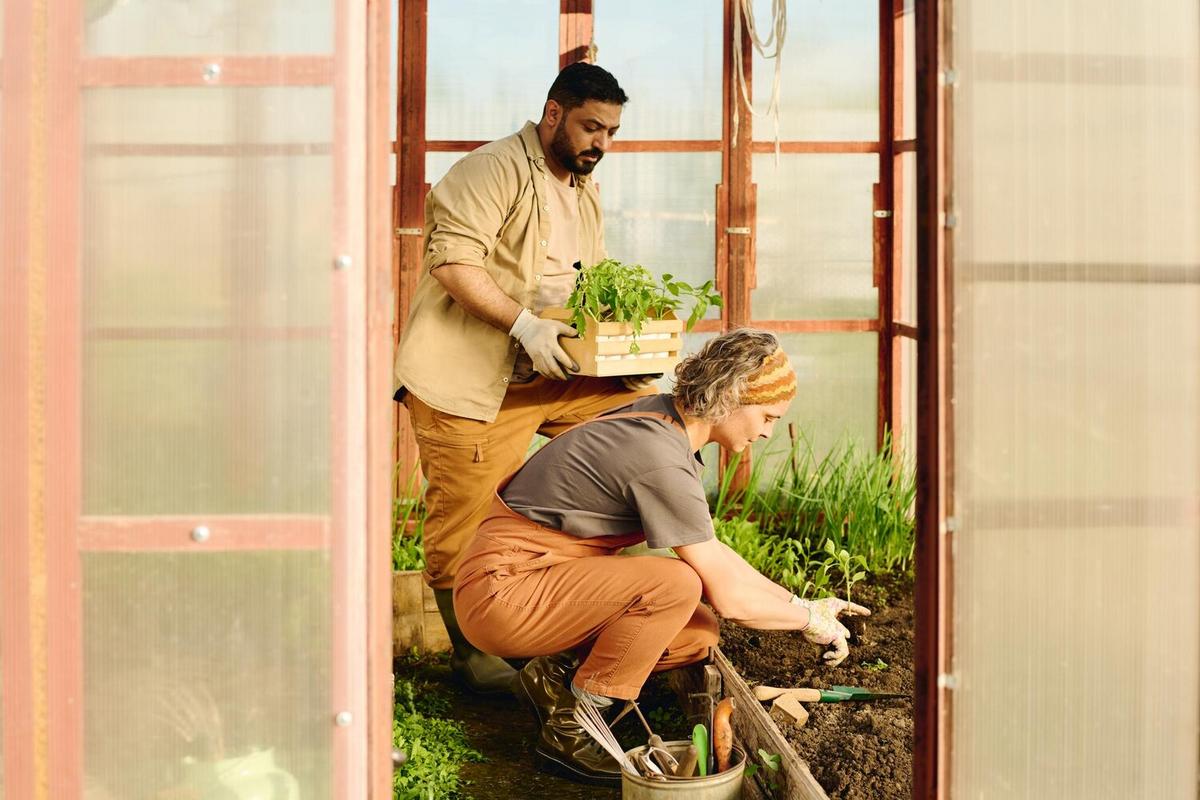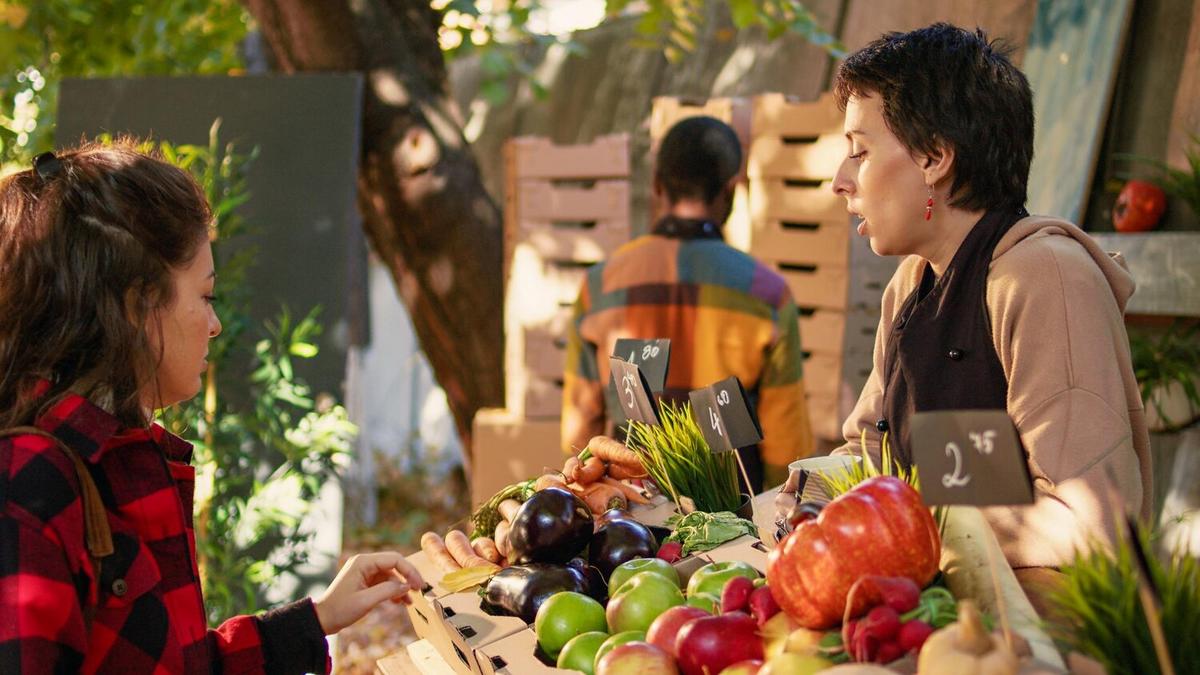
Growing Your Own Ingredients: The Sustainable Shift in Cooking
Imagine stepping into your kitchen and preparing a meal with fresh herbs and vegetables picked just minutes ago from your own garden. This isn’t just a dream for the future; it’s a sustainable shift in cooking that’s happening right now.
Growing your own ingredients is more than a trend; it’s a movement towards sustainability and self-sufficiency. As climate change and food security become pressing concerns, many are turning to home gardening as a solution. According to a recent survey by the National Gardening Association, there’s been a significant increase in home gardening, with over 35% of households participating in this eco-friendly activity.
The Benefits of Growing Your Own Ingredients
Growing your own food offers numerous benefits, from reducing your carbon footprint to ensuring the freshness and quality of your ingredients. Dr. Mark Smith, an environmental scientist, states, “Home gardening not only cuts down on transportation emissions but also encourages biodiversity in urban areas.”
Additionally, a study by the University of California found that home gardens can decrease stress and improve mental health, providing a therapeutic escape from daily life.
Practical Steps to Start Your Garden
Starting a garden doesn’t require a large yard or extensive experience. Here are some actionable tips to get you started:
- Choose the Right Location: Ensure your plants get at least 6 hours of sunlight daily.
- Start Small: Begin with easy-to-grow plants like herbs or leafy greens.
- Use Quality Soil: Opt for organic compost to enrich your soil.
- Water Wisely: Water in the early morning or late afternoon to reduce evaporation.
Table: Common Garden Vegetables and Their Benefits
| Vegetable | Benefit |
|---|---|
| Tomatoes | Rich in vitamins C and K |
| Lettuce | Low in calories, high in fiber |
| Carrots | High in beta-carotene |
| Peppers | Excellent source of antioxidants |
| Cucumbers | Hydrating and low-calorie |
| Spinach | High in iron and calcium |
| Zucchini | Versatile and low in carbs |
| Radishes | Quick to grow, rich in potassium |
Embracing Self-Sufficiency
Personal stories abound of individuals finding joy and satisfaction in growing their own food. Take the example of Mike, who transformed his small balcony into a lush garden. “There’s something incredibly rewarding about watching your food grow from seed to plate,” Mike shares.
FAQs
Do I need a large space to start a garden?
No, you can start with container gardening on a balcony or patio.
What if I don’t have a green thumb?
Start with easy-to-grow plants and gradually expand as you gain confidence.
How much time does gardening take?
With a small garden, you can spend as little as 15-30 minutes a day on maintenance.
Ultimately, growing your own ingredients is not just about sustainability; it’s about reconnecting with nature and gaining control over what you consume. By starting your own garden, you contribute to a healthier planet and a healthier you. So, why not get your hands dirty and embrace this rewarding journey today?


